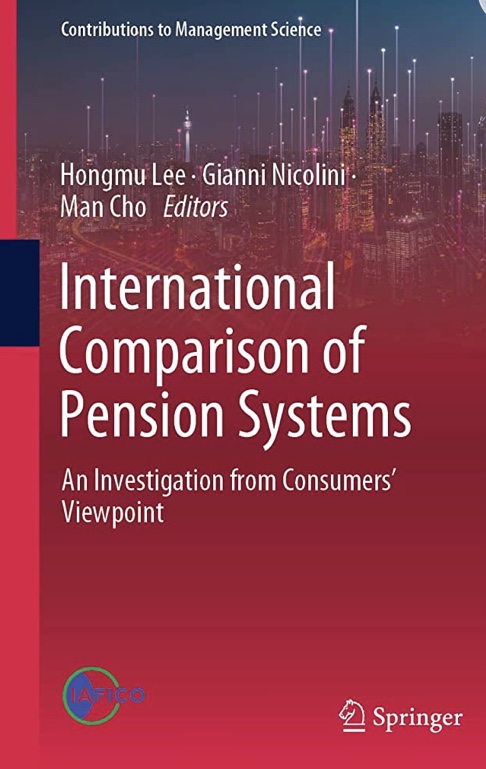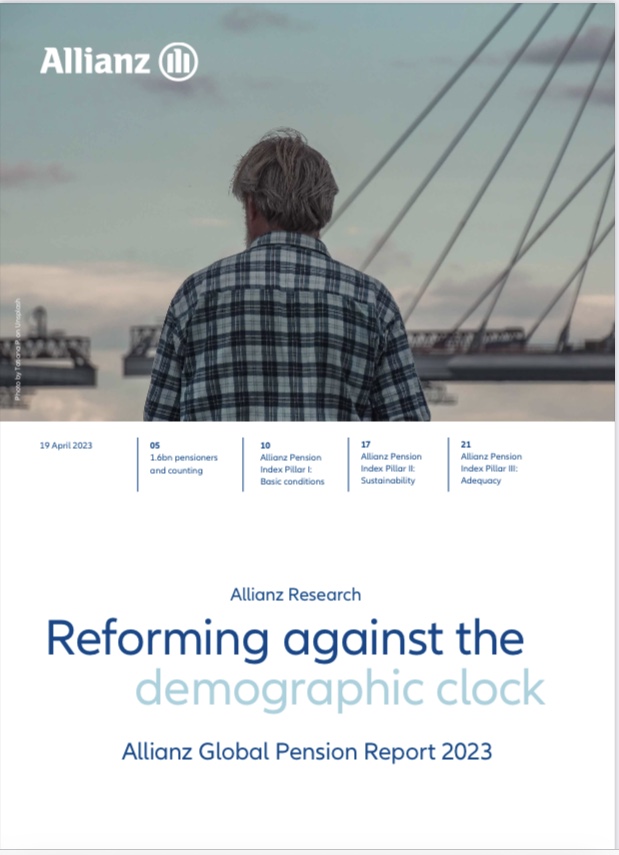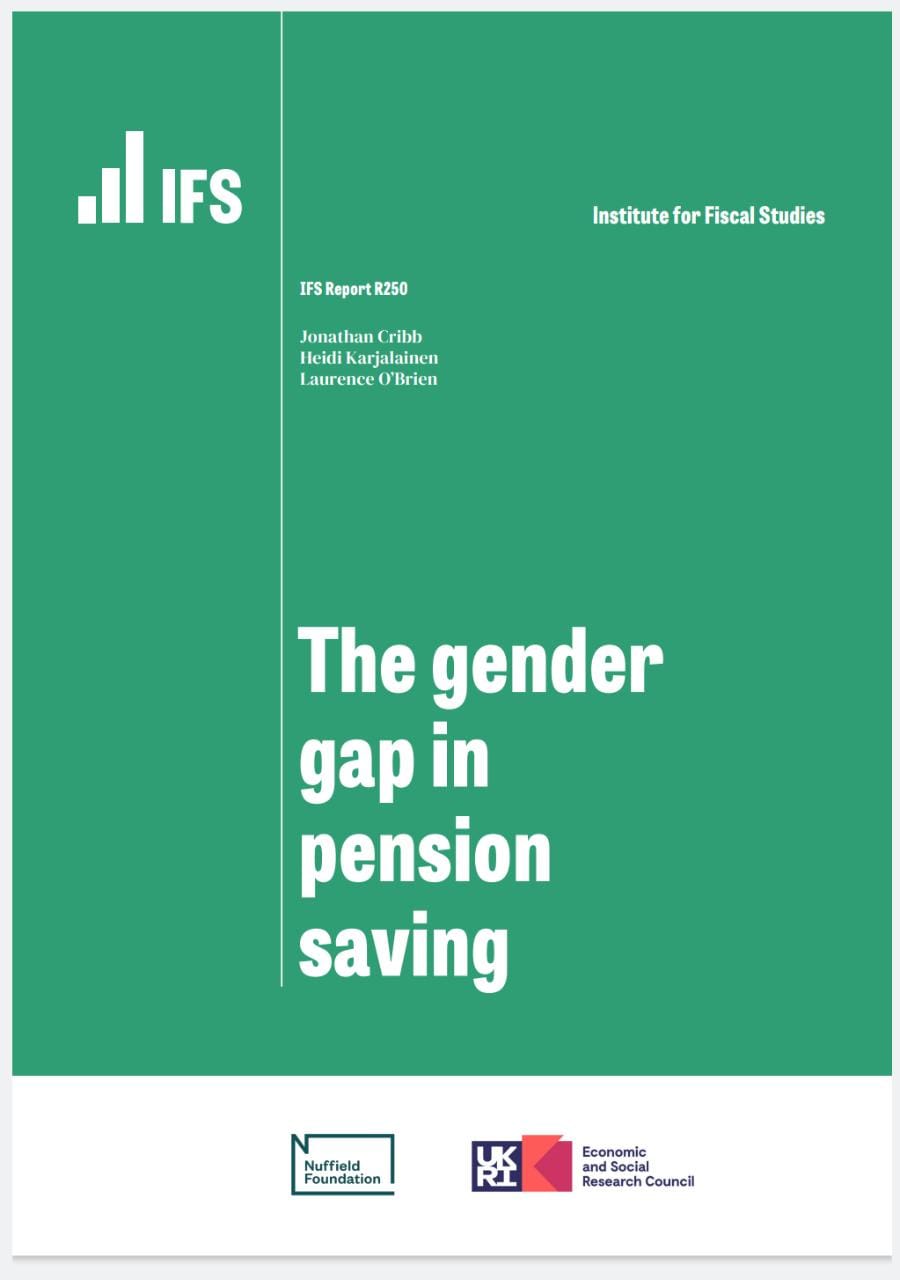COVID-19, Home Equity and Retirement Funding
By Vishaal Baulkaran & Pawan Jain We investigate the impact of COVID-19 on using home equity to fund retirement income. We show that financial planners believe that COVID-19 positively influenced their clients’ willingness to utilize home equity products to fund retirement income in particular, sell and downsize and HELOC options. For consumers, COVID-19 does not seem to have a major impact on the outlook on residential property, retirement income, retirement plan, or perceived/actual standard of living during retirement. However, there...










